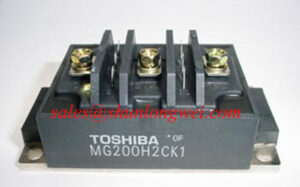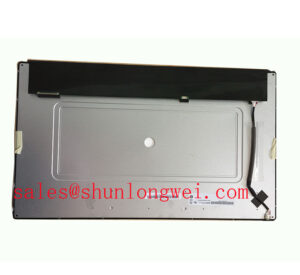Foot orthoses are widely used to treat various foot problems. A literature search revealed no publications on differences in plantar pressure distribution resulting from casting methods for foot orthoses. Four casting methods were used for construction of orthoses. Two foam box techniques were used: accommodative full weightbearing method (A) and functional semiweightbearing method (B). Also, two suspension plaster casting techniques were used: accommodative casting (C) and functional subtalar joint neutral position (Root) method (D). Their effects on contact area, plantar pressure, and walking convenience were evaluated. All orthoses increased the total contact area (mean, 17.4%) compared with shoes without orthoses. Differences in contact areas between orthoses for total plantar surface were statistically significant. Peak pressures for the total plantar surface were lower with orthoses than without orthoses (mean, 22.8%). Among orthoses, only the difference between orthoses A and B was statistically significant. Differences between orthoses for the forefoot were small and not statistically significant. The gait lines of the shoe without an insole and of the accommodative orthoses are more medially located than those of functional orthoses. Walking convenience in the shoe was better rated than that with orthoses. There were no differences in perception of walking convenience between orthoses A, B, and C. Orthosis D had the lowest convenience rating. The four casting methods resulted in differences between orthoses with respect to contact areas and walking convenience but only slight differences in peak pressures.
Ideastep Insole Factory offer orthotics insole, provide OEM & ODM Orthotics.
Your Sole Insole Shop provide Orthotics for Flat Feet, High arch, Plantar Fasciitis, Heel Pain…
[banner group='banner-group']


